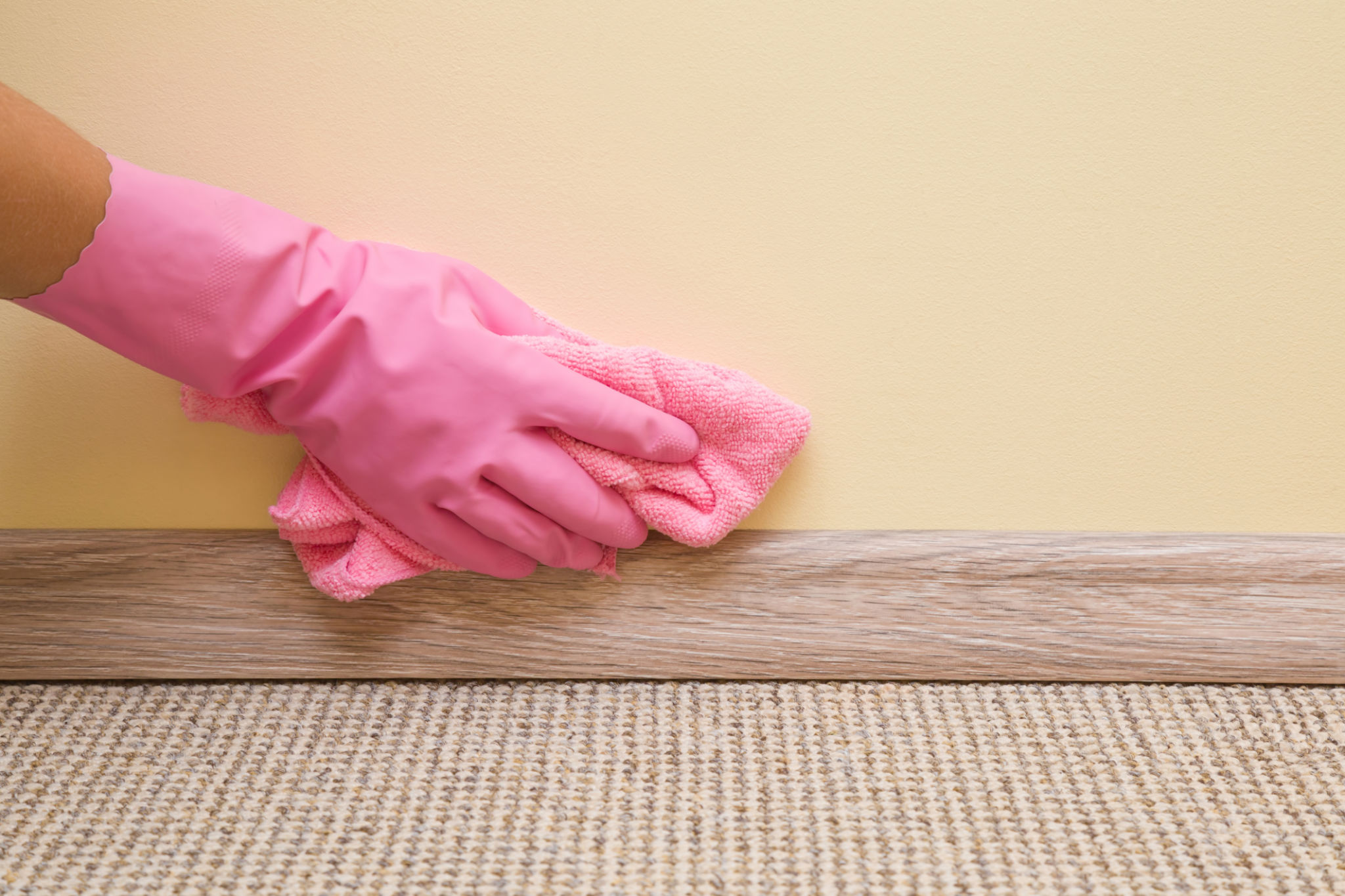How to Prepare Your Home for a Professional Paint Job
Choosing the Right Paint
The first step in preparing your home for a professional paint job is to choose the right paint. This involves selecting the appropriate color, finish, and type of paint. Consider the room's purpose and how much natural light it receives. For high-traffic areas, a satin or semi-gloss finish might be ideal as they are easier to clean. Consulting with your painter about the best options for your space can ensure long-lasting results.
Additionally, keep in mind that different surfaces may require different kinds of paint. For instance, bathrooms and kitchens often need moisture-resistant paint, while exterior surfaces might need weather-resistant options. Make sure to communicate any specific needs or preferences with your painting professional.

Clear the Space
Before the painters arrive, it's essential to clear the space to make their job easier and protect your belongings. Start by removing small items such as picture frames, decorations, and electronics. Larger furniture pieces should be moved to the center of the room or relocated to another area. Cover these with drop cloths to protect them from paint splatters.
If you're unable to move certain items, like built-in furniture, ensure they are well-protected with plastic sheeting or cloths. This preparation not only safeguards your possessions but also gives the painters easier access to walls and ceilings.
Clean and Repair Surfaces
For a smooth and professional finish, it's crucial that your walls are clean and free from damage before painting begins. Dust and wash walls with a mild detergent to remove any grime or oil buildup. Pay extra attention to areas around light switches and outlets, as these spots tend to accumulate dirt.

Assess your walls for any cracks, holes, or peeling paint. Fill holes with spackle and sand down any rough patches. If there are major repairs needed, consult with your painter to decide whether you or they will handle these tasks. Addressing these imperfections beforehand will help achieve a flawless finish.
Protect Floors and Fixtures
To prevent paint from accidentally damaging floors and fixtures, take time to cover them properly. Use drop cloths or plastic sheeting on floors, securing them with painter's tape to avoid slipping or moving. If you have carpeted floors, ensure the edges are well-tucked under baseboards.
Light fixtures, electrical outlets, and switches should also be covered or removed to prevent them from getting painted over. Ensure that you have extra painter’s tape handy for securing plastic or paper covers over these areas.

Communicate with Your Painter
Effective communication with your painter is key to a successful paint job. Discuss your expectations and any specific requirements before the work begins. Confirm the timeline for completion and be sure to ask about their process for managing paint odors or ventilation during the project.
By being proactive about communication, you can avoid misunderstandings and ensure that both you and the painter are on the same page regarding the desired outcome. A clear understanding of each other’s expectations contributes greatly to the project's overall success.